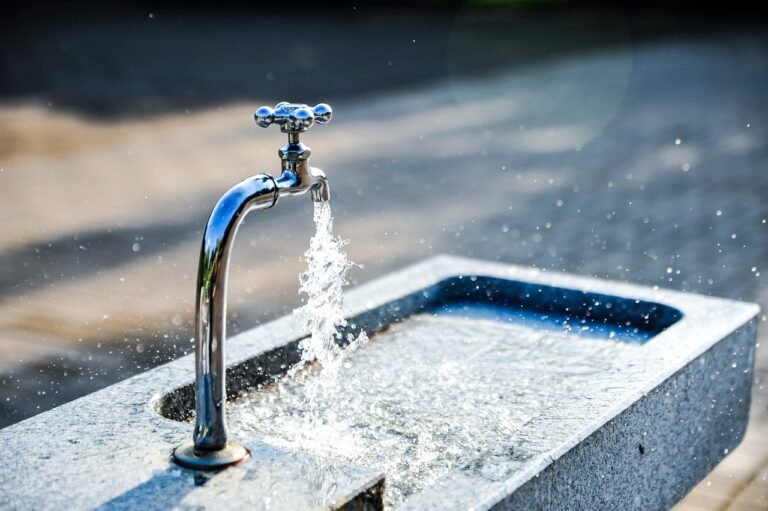
Washington, D.C. – In a significant achievement for environmental justice, the United Nuclear Corporation (UNC) and General Electric (GE) have committed to financing a $63 million cleanup of radioactive uranium mine waste at the Northeast Church Rock Mine and UNC Mill locations in northwestern New Mexico, which includes areas within the Navajo Nation.
This agreement, announced by the U.S. Department of Justice (DOJ), addresses long-standing contamination problems under the federal Comprehensive Environmental Response, Compensation, and Liability Act (CERCLA), often referred to as the Superfund law. The cleanup initiative will be executed under a consent decree filed in federal court and signifies a collaborative enforcement effort by the United States, the Navajo Nation, and the State of New Mexico.
Scope of Cleanup
According to the agreement’s stipulations, UNC and GE will excavate and remove around one million cubic yards of uranium-contaminated mine waste from the Northeast Church Rock (NECR) Superfund Site. This waste will be transported to the nearby UNC Mill Site, which is a licensed uranium tailings disposal facility located next to the Navajo Nation.
The cleanup, which is anticipated to last over a decade, aims to significantly lower public health risks and prepare the land for potential future residential development.
“Today’s settlement will achieve tangible remediation of the Mine and Mill Sites and protect human health from radioactive wastes,” said Acting Assistant Attorney General Adam Gustafson of the DOJ’s Environment and Natural Resources Division. “The cost of cleanup will fall on those responsible — not the taxpayers.”
Historic Pollution, Long-Awaited Justice
The Northeast Church Rock Mine was in operation from 1967 to 1982, acting as a significant supplier of uranium for the UNC Mill. The processes of mining and milling resulted in the creation of toxic waste heaps, old ponds, and tailings — radioactive byproducts that have lingered for many years. Even after prior cleanup efforts, the Environmental Protection Agency (EPA) concluded that the site still presented environmental and health risks.
“This agreement ensures that the companies responsible for the contamination will bear the cost of cleanup, not the community,” said U.S. Attorney Ryan Ellison for the District of New Mexico. “It is a decisive measure reflecting years of inaction.”
Collaboration Across Governments
The cleanup signifies a groundbreaking collaboration among federal, state, and tribal governments. This agreement is the result of more than 20 years of cooperation involving the EPA, Department of Energy, Nuclear Regulatory Commission, Department of the Interior, and various state and tribal stakeholders — in addition to UNC and GE.
“This extraordinary cleanup agreement will improve the lives of the Navajo people,” said Josh F.W. Cook, EPA’s Pacific Southwest Regional Administrator. “It will benefit their children, grandchildren, and future generations.”
“This settlement sends a message that federal, sovereign, and state governments can come together to improve the lives of both New Mexican and Navajo Nation residents,” added James Kenney, Secretary of the New Mexico Environment Department.
The EPA will oversee the excavation, transportation, and disposal of waste at the Mill site. Studies show that placing the NECR mine waste over existing tailings will enhance erosion control and improve the long-term stability of the UNC Mill site.
This cleanup is part of a larger EPA-led effort to address the legacy of uranium mining on Navajo lands. More than 523 abandoned uranium mines have been identified on or near Navajo Nation territory. The EPA continues to assess and clean up these sites while working closely with tribal leaders and local communities.
The proposed consent decree was filed in the U.S. District Court for the District of New Mexico and is now subject to a public comment period and final judicial approval. Once approved, it will be available at: www.justice.gov/enrd/consent-decrees.



